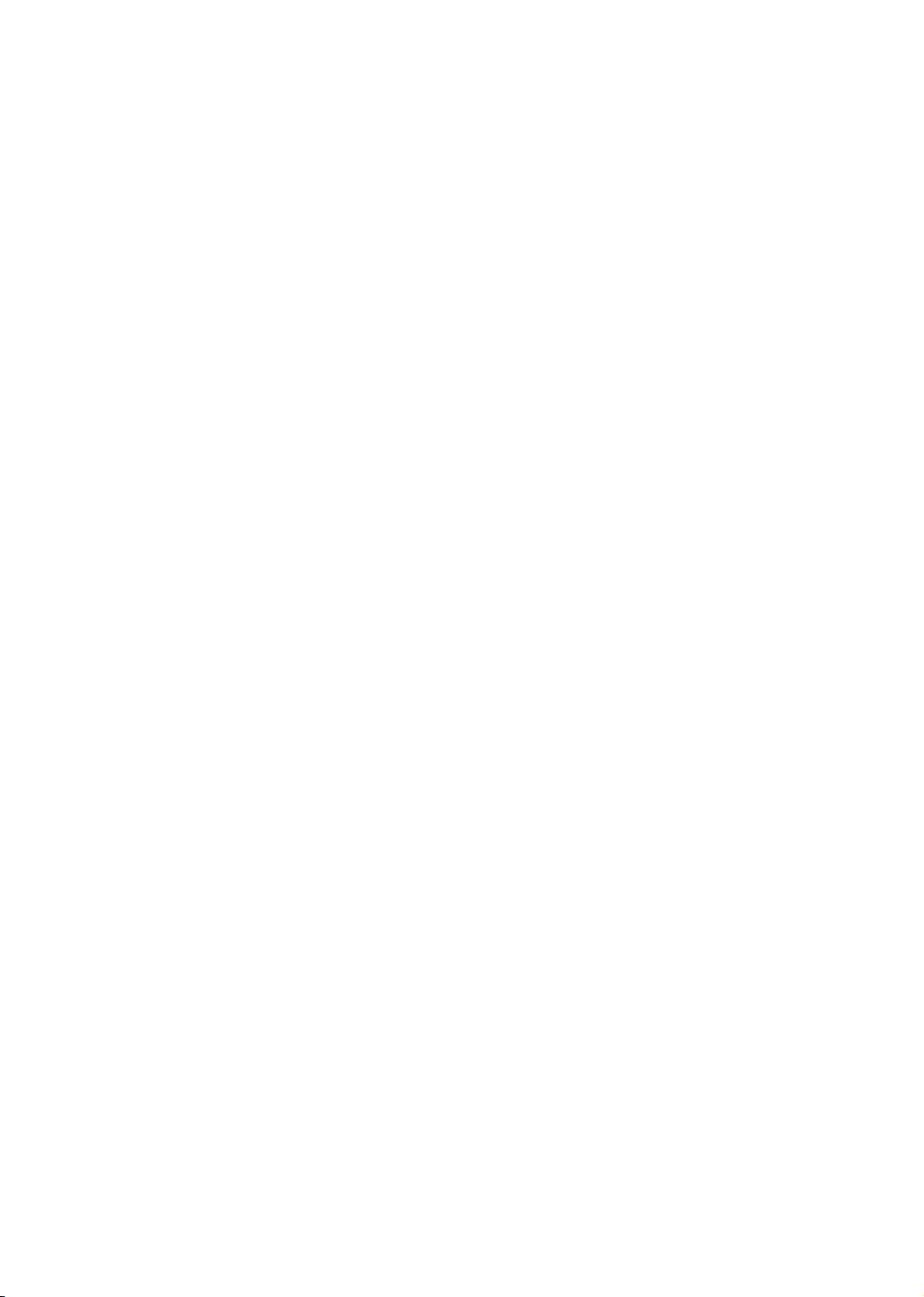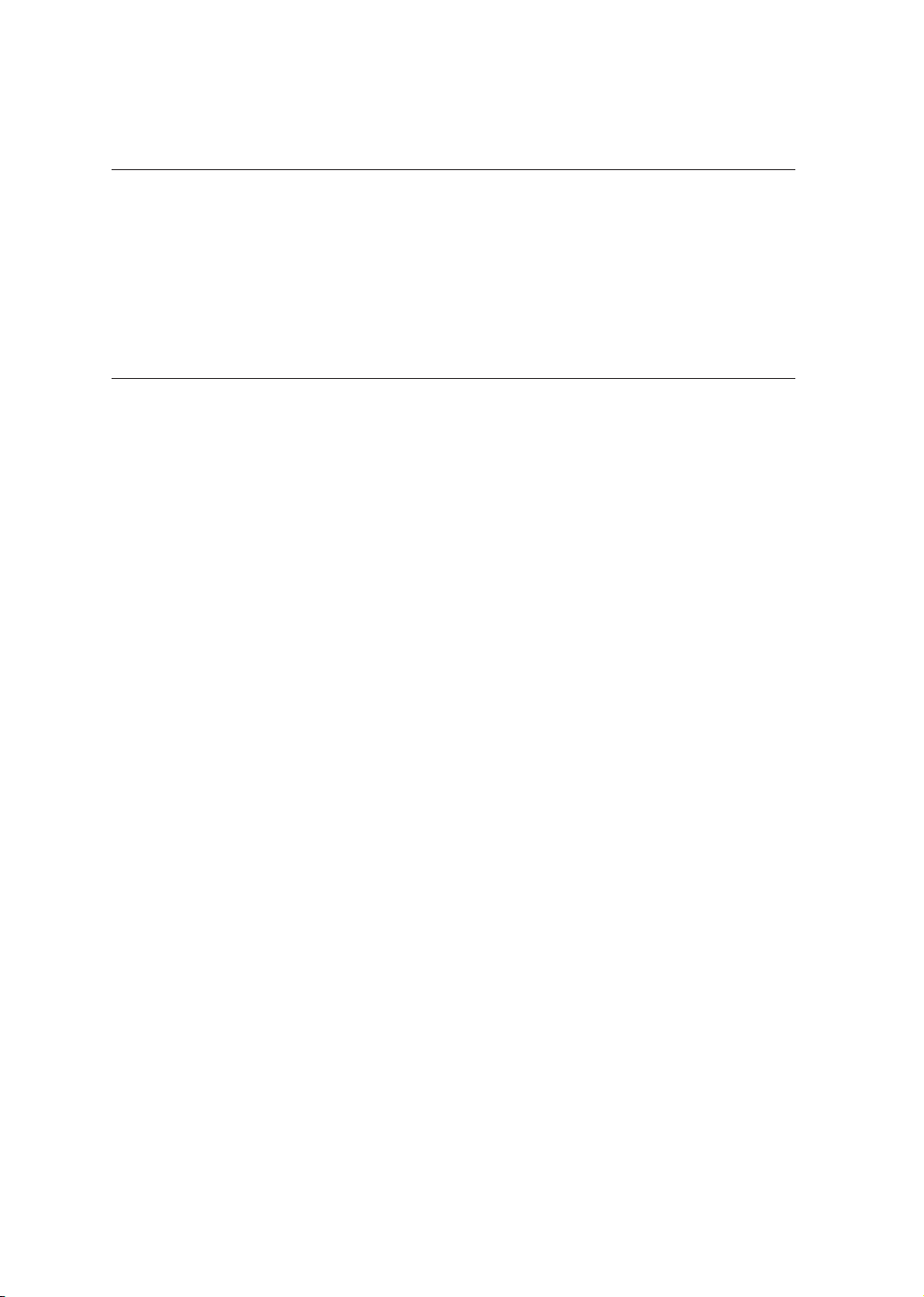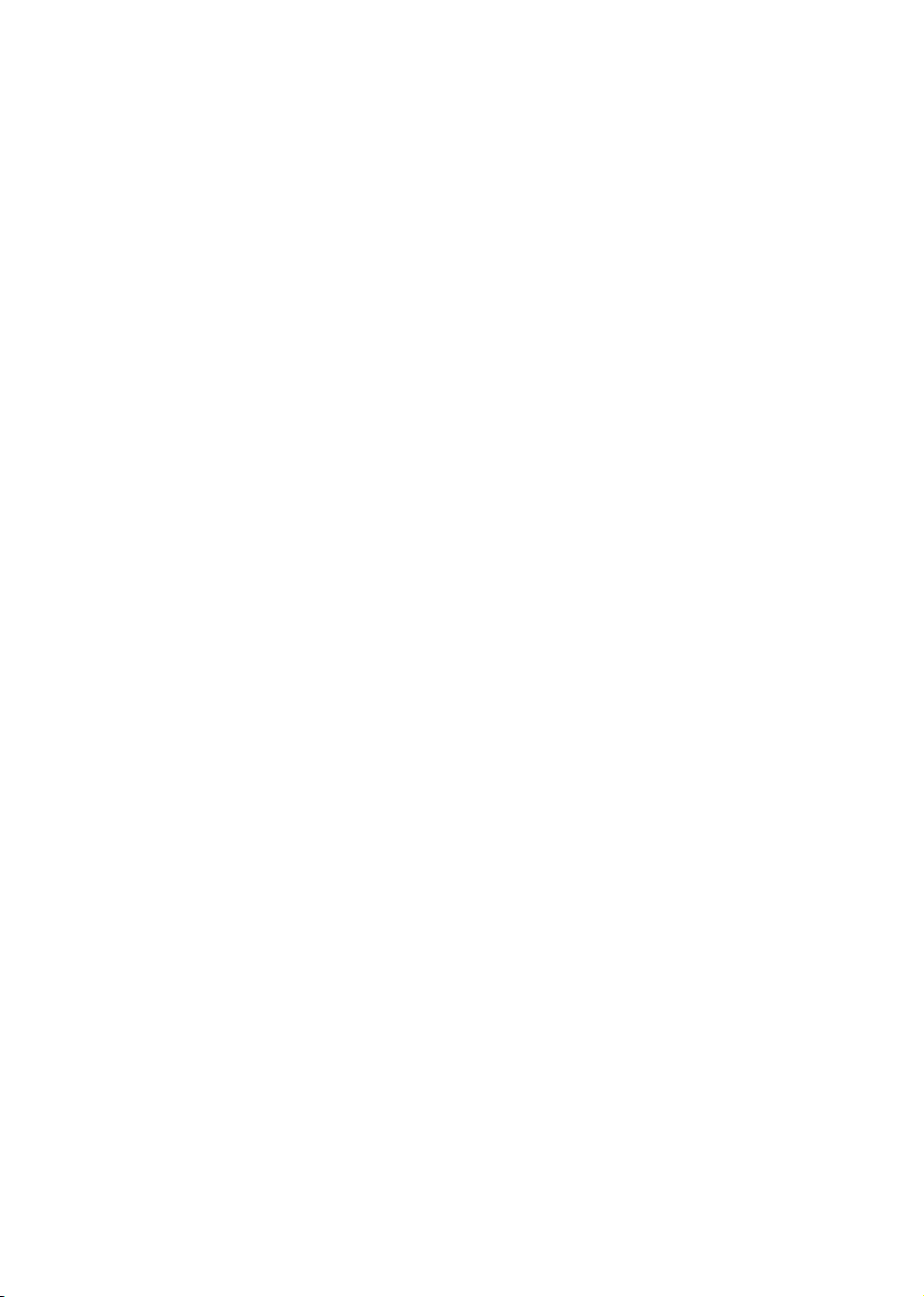CACI No. 1245. Affirmative Defense - Product Misuse or Modification
Judicial Council of California Civil Jury Instructions (2023 edition)
Download PDF
1245.Affirmative Defense - Product Misuse or Modification
[Name of defendant] claims that [he/she/nonbinary pronoun/it] is not
responsible for [name of plaintiff]’s claimed harm because the [product]
was [misused/ [or] modified] after it left [name of defendant]’s possession.
To succeed on this defense, [name of defendant] must prove that:
1. The [product] was [misused/ [or] modified] after it left [name of
defendant]’s possession; and
2. The [misuse/ [or] modification] was so highly extraordinary that
it was not reasonably foreseeable to [name of defendant], and
therefore should be considered as the sole cause of [name of
plaintiff]’s harm.
New April 2009; Revised December 2009, June 2011, December 2013
Directions for Use
Give this instruction if the defendant claims a complete defense to strict product
liability because the product was misused or modified after it left the defendant’s
possession and control in an unforeseeable way, and the evidence permits defendant
to argue that the subsequent misuse or modification was the sole cause of the
plaintiff’s injury. (See Campbell v. Southern Pacific Co. (1978) 22 Cal.3d 51, 56
[148 Cal.Rptr. 596, 583 P.2d 121].) If misuse or modification was a substantial
factor contributing to, but not the sole cause of, plaintiff’s harm, there is no
complete defense, but the conduct of the plaintiff or of third parties may be
considered under principles of comparative negligence or fault. (See Torres v.
Xomox Corp. (1996) 49 Cal.App.4th 1, 15-21 [56 Cal.Rptr.2d 455].) See CACI No.
1207A, Strict Liability - Comparative Fault of Plaintiff, and CACI No. 1207B, Strict
Liability - Comparative Fault of Third Person.
Third party negligence that is the immediate cause of an injury may be viewed as a
superseding cause if it is so highly extraordinary as to be unforeseeable. Product
misuse or modification may be deemed to be a superseding cause, which provides a
complete defense to liability. (See Torres, supra, 49 Cal.App. 4th at pp. 18-19.)
Element 2 incorporates this aspect of superseding cause as an explanation of what is
meant by “sole cause.” If misuse or modification truly were the sole cause, the
product would not be defective.
It would appear that at least one court views superseding cause as a different
standard from sole cause. (See Perez v. VAS S.p.A. (2010) 188 Cal.App.4th 658, 685
[115 Cal.Rptr.3d 590] [product misuse may serve as a complete defense when the
misuse was so unforeseeable that it should be deemed the sole or superseding
cause], original italics.)
797

Sources and Authority
• “ ‘[T]he law now requires a manufacturer to foresee some degree of misuse and
abuse of his product, either by the user or by third parties, and to take
reasonable precautions to minimize the harm that may result from misuse and
abuse. . . . [T]he extent to which designers and manufacturers of dangerous
machinery are required to anticipate safety neglect presents an issue of fact. . . .
[A] manufacturer owes a foreseeable user of its product a duty to warn of risks
of using the product.’ ” (Wright v. Stang Mfg. Co. (1997) 54 Cal.App.4th 1218,
1235 [63 Cal.Rptr.2d 422].)
• “[P]roduct misuse [is] a defense to strict products liability only when the
defendant prove[s] that an unforeseeable abuse or alteration of the product after
it left the manufacturer’s hands was the sole reason that the product caused
injury.” (Campbell, supra, 22 Cal.3d at p. 56, original italics, internal citations
omitted.)
• “[S]trict liability should not be imposed upon a manufacturer when injury results
from a use of its product that is not reasonably foreseeable.” (Cronin v. J.B.E.
Olson Corp. (1972) 8 Cal.3d 121, 126 [104 Cal.Rptr. 433, 501 P.2d 1153].)
• “[Defendant] contends . . . that it cannot be held liable for any design defect
because the accident was attributable to the misuse of the rewinder by
[employer] and [plaintiff]. In order to avoid liability for product defect,
[defendant] was required to prove, as an affirmative defense, that [employer]’s
and [plaintiff]’s misuse of the machine . . . was an unforeseeable, superseding
cause of the injury to [plaintiff].” Perez, supra, 188 Cal.App.4th at pp. 679-680.)
• “[P]roduct misuse may serve as a complete defense when the misuse ‘was so
unforeseeable that it should be deemed the sole or superseding cause.’ . . .
‘[T]he defense of “superseding cause . . .” . . . absolves a tortfeasor, even
though his [or her] conduct was a substantial contributing factor, when an
independent event intervenes in the chain of causation, producing harm of a kind
and degree so far beyond the risk the original tortfeasor should have foreseen
that the law deems it unfair to hold him responsible. [Citations.]’ Here, the trial
court reasonably concluded, in substance, that [plaintiff]’s misuse of the rewinder
was so extreme as to be the sole cause of his injury. That conclusion dispensed
with the need to apply principles of comparative fault.” (Perez, supra, 188
Cal.App.4th at p. 685, original italics.)
• “Third party negligence which is the immediate cause of an injury may be
viewed as a superseding cause when it is so highly extraordinary as to be
unforeseeable. ‘The foreseeability required is of the risk of harm, not of the
particular intervening act. In other words, the defendant may be liable if his
conduct was ‘a substantial factor’ in bringing about the harm, though he neither
foresaw nor should have foreseen the extent of the harm or the manner in which
it occurred.’ It must appear that the intervening act has produced ‘harm of a kind
and degree so far beyond the risk the original tortfeasor should have foreseen
that the law deems it unfair to hold him responsible.’ ” (Torres, supra, 49
CACI No. 1245 PRODUCTS LIABILITY
798

Cal.App.4th at pp. 18-19, internal citations omitted.)
• “ ‘Misuse’ is a defense only when that misuse is the actual cause of the
plaintiff’s injury, not when some other defect produces the harm. This causation
is one of the elements of the ‘misuse’ affirmative defense and thus the burden
falls on the defendant to prove it.” (Huynh v. Ingersoll-Rand (1993) 16
Cal.App.4th 825, 831 [20 Cal.Rptr.2d 296], internal citation omitted.)
• “[Defendant] further contends that [plaintiff]’s injuries arose not from a defective
product, but rather, from his parents’ modification of the product or their
negligent supervision of its use. These arguments cannot be advanced by
demurrer. Creation of an unreasonable risk of harm through product modification
or negligent supervision is not clearly established on the face of [plaintiff]’s
complaint. Instead, these theories must be pled as affirmative defenses.”
(Williams v. Beechnut Nutrition Corp. (1986) 185 Cal.App.3d 135, 141 [229
Cal.Rptr. 605].)
• “[Defendant]’s alternative contention [plaintiff]’s failure to safely store the Glock
21 was the sole proximate cause of his injuries is not an appropriate ground for
granting summary judgment. Product misuse, an affirmative defense, is a
superseding cause of injury that absolves a tortfeasor of his or her own wrongful
conduct only when the misuse was ‘ “so highly extraordinary as to be
unforeseeable.” ’ [citing this instruction] ‘However, foreseeability is a question
for the jury unless undisputed facts leave no room for a reasonable difference of
opinion.’ ” (Chavez v. Glock, Inc. (2012) 207 Cal.App.4th 1283, 1308 [144
Cal.Rptr.3d 326], internal citations omitted.)
• “[T]here are cases in which the modification of a product has been determined to
be so substantial and unforeseeable as to constitute a superseding cause of an
injury as a matter of law. However, foreseeability is a question for the jury
unless undisputed facts leave no room for a reasonable difference of opinion.
Thus, the issue of superseding cause is generally one of fact. Superseding cause
has been viewed as an issue of fact even in cases where ‘safety neglect’ by an
employer has increased the risk of injury, or modification of the product has
made it more dangerous.” (Torres, supra, 49 Cal.App.4th at p. 19, internal
citations omitted.)
Secondary Sources
6 Witkin, Summary of California Law (11th ed. 2017) Torts, §§ 1696, 1697
Haning et al., California Practice Guide: Personal Injury, Ch. 2(II)-D, Strict Liability
For Defective Products, ¶ 2:1329 et seq. (The Rutter Group)
California Product Liability Actions, Ch. 2, Liability for Defective Products,
§ 2.13[4] (Matthew Bender)
40 California Forms of Pleading and Practice, Ch. 460, Products Liability, § 460.183
(Matthew Bender)
19 California Points and Authorities, Ch. 190, Products Liability, § 190.201
(Matthew Bender)
PRODUCTS LIABILITY CACI No. 1245
799
© Judicial Council of California.